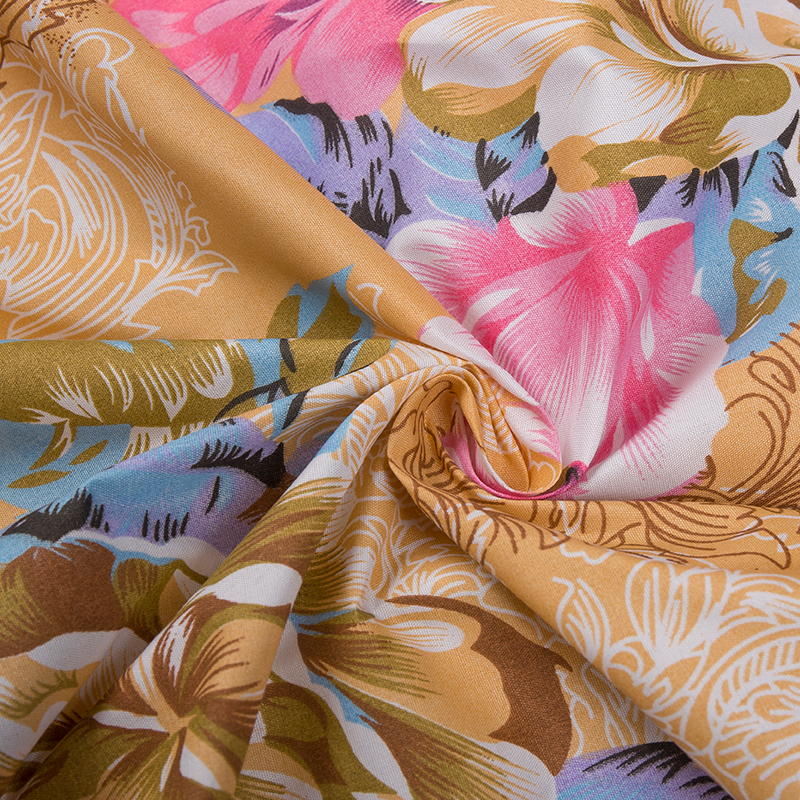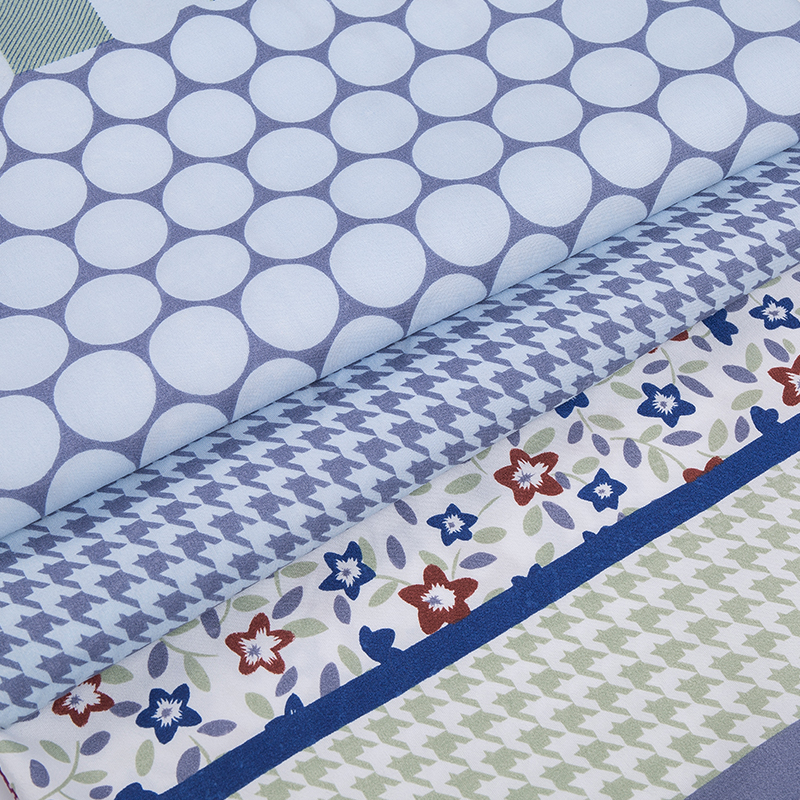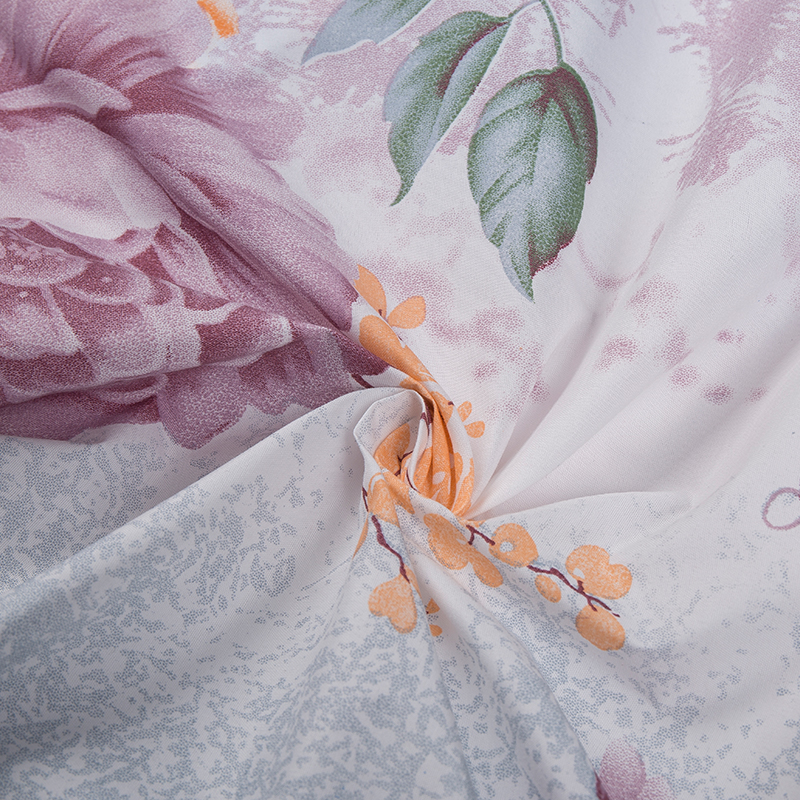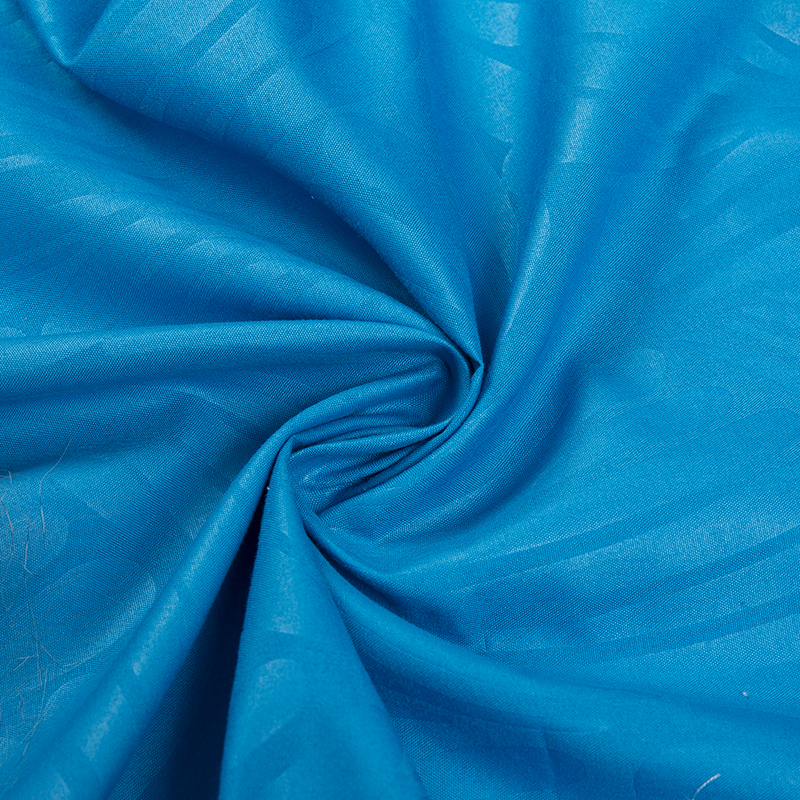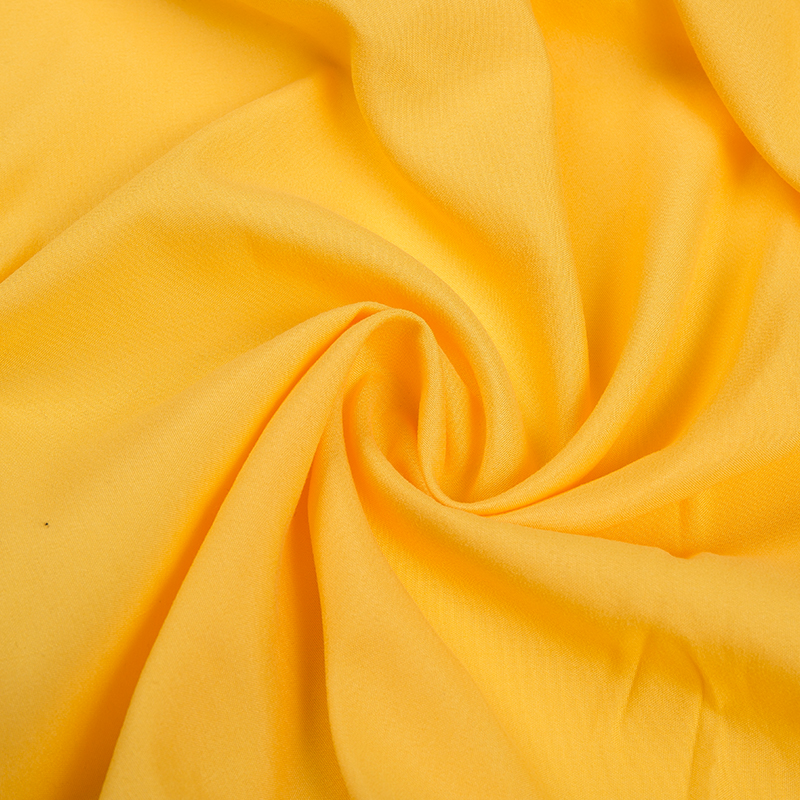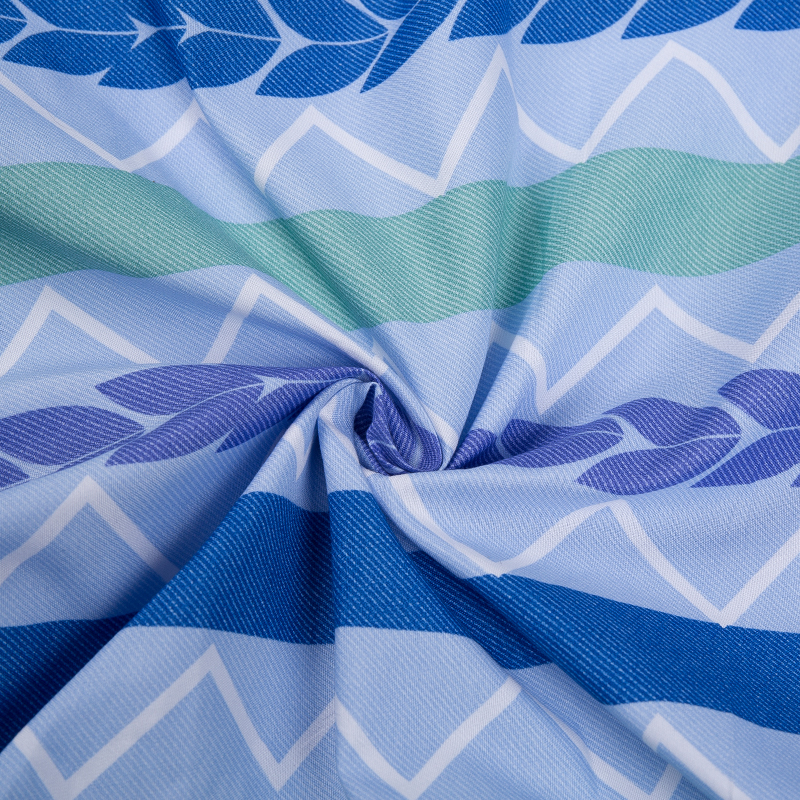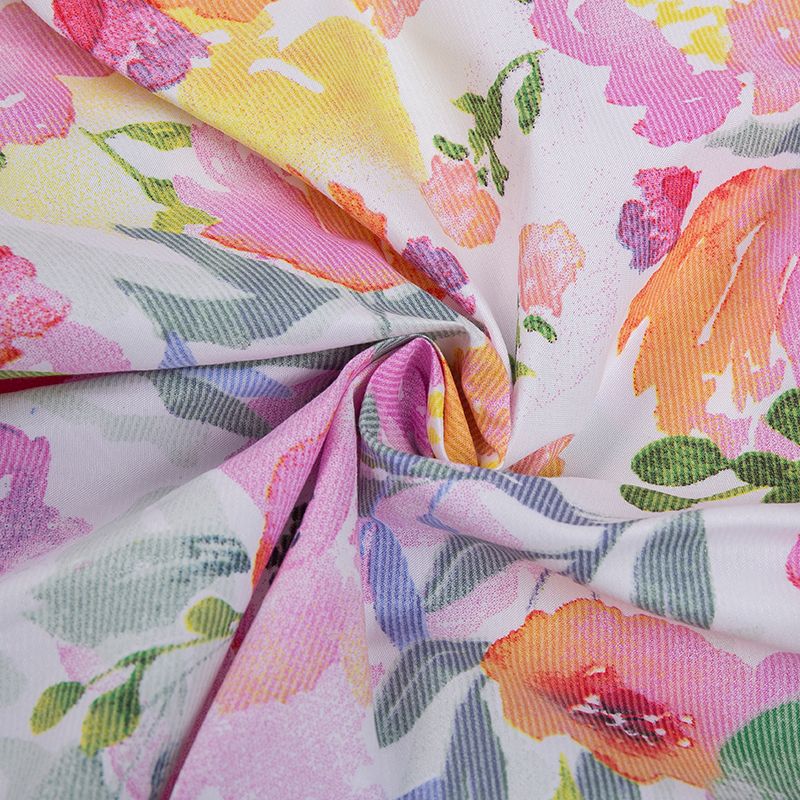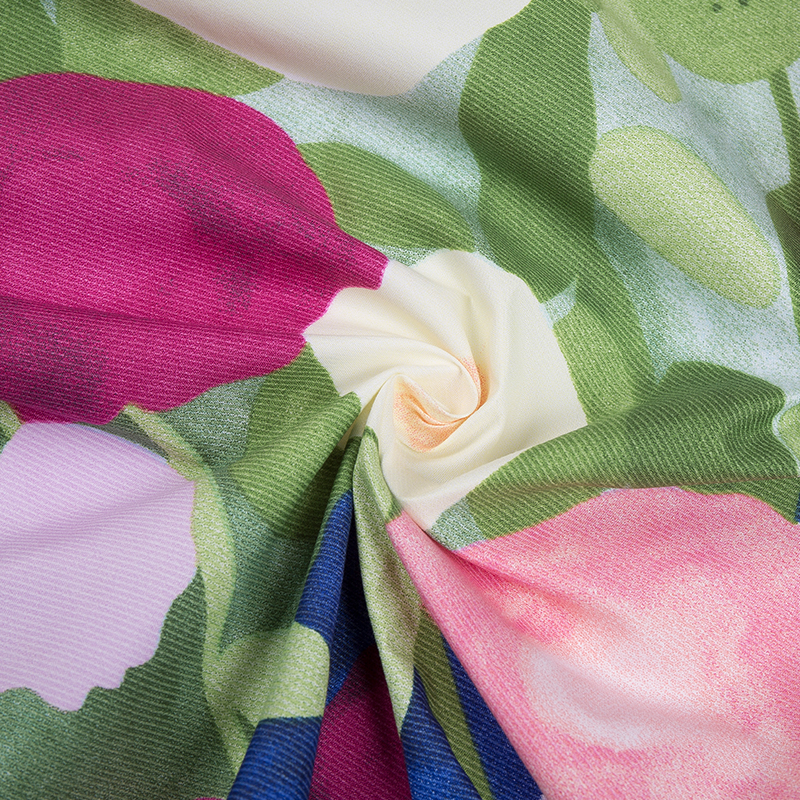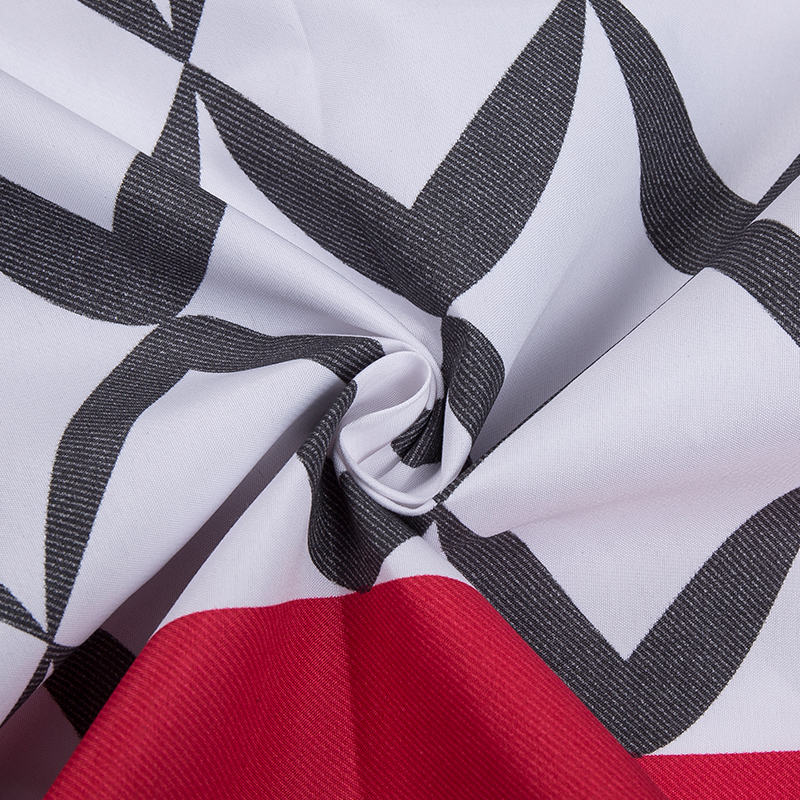Polyester plain weave fabric with a pigment print can potentially become a popular choice for casual wear and workwear, but its success in the market depends on various factors and considerations:
Comfort: Polyester fabric, especially in plain weave, may not be as breathable or comfortable as natural fibers like cotton or linen. However, advancements in fabric technology can improve comfort, so this is a key factor to consider.
Durability: Polyester is known for its durability, resistance to wrinkles, and ability to hold up well in high-wear situations, which is essential for workwear.
Moisture-wicking: Many modern polyester fabrics are designed to wick moisture away from the body, which can be beneficial for both casual wear and workwear, especially in hot or physically demanding environments.
Pigment print quality: The quality and design of the pigment print can greatly affect the fabric's aesthetic appeal. High-quality prints can make the fabric more appealing for casual wear.
Colorfastness: Ensure that the pigment print is colorfast and doesn't fade easily, especially if the fabric will be exposed to sunlight or frequent washing.
Cost: Polyester fabric is often more cost-effective than natural fibers, making it an attractive choice for budget-conscious consumers.
Sustainability: Consider the environmental impact of polyester, as it is a synthetic material. Some consumers may prefer eco-friendly options.
Style and fashion trends: The popularity of any fabric depends on fashion trends and consumer preferences. If the design and style align with current trends, it's more likely to be popular.
Market demand: Understanding the specific needs of the casual wear and workwear markets is crucial. Workwear, for instance, may require additional features such as flame resistance or enhanced visibility.
Brand reputation and marketing: Effective marketing and branding efforts can significantly impact the fabric's popularity and acceptance.
While 99.99% polyester plain weave fabric with a pigment print has several advantages, it will ultimately depend on factors like comfort, durability, moisture-wicking properties, print quality, colorfastness, cost, sustainability, fashion trends, market demand, and effective marketing to determine its popularity in the casual wear and workwear segments. It's essential to assess the needs and preferences of the target audience and ensure that the fabric meets those requirements.



 English
English 中文简体
中文简体
